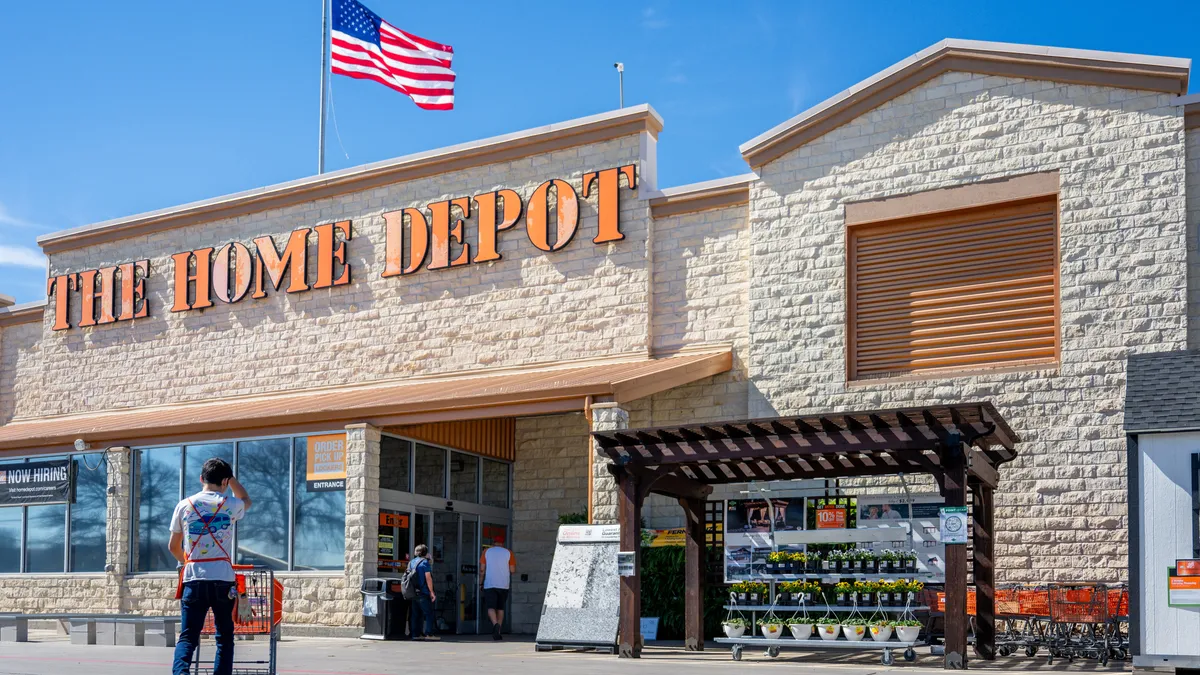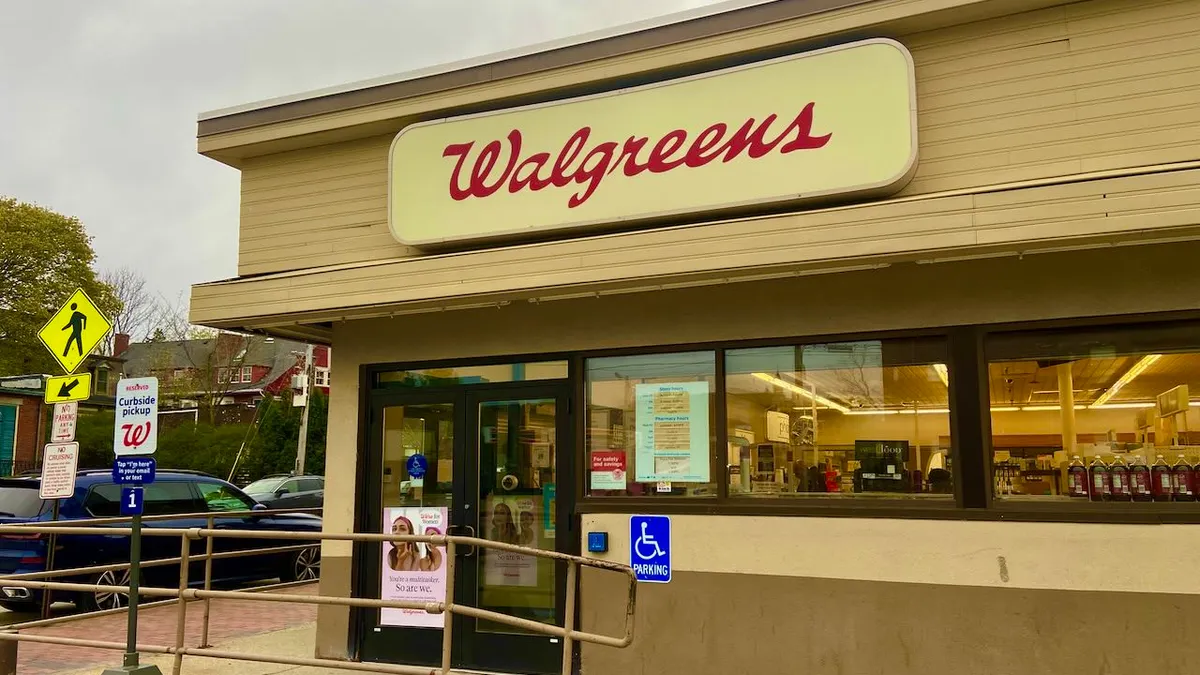COVID-19 brought a whole host of unforeseen changes to the retail industry. Among them: A lengthy and unprecedented closure period for nonessential retailers. New health protocols. Masks. But the pandemic has also acted as a hyper accelerant on forces that have been reshaping retail for years.
Change is moving through the retail industry like a "wildfire" as the COVID-19 pandemic speeds up a transformation that began well before this year, according to a recent report from Moody's retail analyst team.
The analysts wrote that the online shopping surge, sparked by the pandemic, is "forever changing consumer habits," with the analysts projecting online sales to "shoot above" 25% of all retail sales over the next five years.
Over that same period, with margins under continuous pressure — as they have been for years amid heavy competition across sectors — "there will be far fewer stores," according to Moody's. The analysts estimate that mall store footprints could shrink by 20% in five years.
The Moody's team describes an environment where retailers are "scrambling to adapt," one where they are now activating transition strategies that were previously years away from being rolled out.
Along with all the other pressures on profits both current and pre-COVID-19 — price competition, traffic declines, inventory overages and the rest — the quick pivot to digital is adding its own pressures. "Overnight, legions of consumers have been converting to shopping online — sending shipping costs off the charts," the Moody's analysts said in their report.
Those are costs retailers have to absorb, along with weeks of lost store revenue during the closure period this spring. Department stores and apparel retailers are the hardest hit in the industry. As the analysts point out, and have noted in the past, department stores have suffered market share losses in recent years even as they've invested in their e-commerce operations. A recessionary economy, which typically drives shoppers to off-price stores, could further exacerbate the market share losses for department stores and apparel sellers. However, Moody's also noted that the lack of an online presence for off-pricers "handcuffed these operators during the COVID pandemic-induced lockdown because they had no release valve to move store inventory or service their customers."
But the forces looming over department and apparel stores have been gathering for years. As a recent report from analysis firm Retail Metrics points out, mall-based retailers have underperformed compared to their off-mall competitors in 19 out of the past 20 quarters. The pandemic has exacerbated that trend, to an astonishing degree. In the second quarter, earnings for mall-based retailers fell 256%, while off-mall profits nearly held during the quarter, dropping just 0.6%, according to Retail Metrics.
The recovery from the closure period has been uneven as well based on the location of a retailer. A recent report from S&P Global Market Intelligence found that foot traffic to outlet centers had returned to normal levels, just above 2019 numbers in fact, while mall traffic remained down 15% year over year.
Traffic woes, heightened by the pandemic, are accelerating store closures and retail bankruptcies. In June, Coresight Research estimated that permanent closures could hit 25,000 this year, blowing past last year's record. Bankruptcies are also on pace to reach the highest numbers of a decade that has already seen heightened retail Chapter 11s.
As the Moody's analysts note, store closures so far are driven both by bankruptcies and by relatively healthy retailers paring their footprints. Pier 1, RTW Retailwinds and Ascena's Catherines chain are liquidating in bankruptcy, while PVH has moved to shutter its Heritage Brands in the normal course of business, and chains like Macy's, Gap, Nordstrom and Michael Kors, among many others, are collectively closing thousands of stores as they adapt to changing demand and consumer behavior.
While necessary to keep retailers healthy, those closures "will hurt many weaker malls, which could in turn lead to their full closures or repurposing to alternative uses" as store operators collectively shrink 20% of their mall footprint, the Moody's analysts said.
In a best case scenario for retailers, this represents a change in sales channels, from the physical to the digital. Again, the trend toward increasing online sales is years-long, but it has been exacerbated by the pandemic. According to Census statistics, e-commerce sales were up nearly 45% year-over-year in the second quarter of 2020 while retail sales overall were down compared to last year. Moody's analysts see this shift as permanent, as the U.S. consumer becomes more tech savvy. They note that domestic online sales growth outpaced retail store sales by 15% last year.
Given the costs of e-commerce, retailers will have to find savings elsewhere in their business, in the Moody's analysts' view. They say that inventory management "will be pivotal" in protecting their margins. That means retailers will need supply chains that can "service demand swiftly while minimizing inventory investment," the analysts said. In turn retailers will have to get better at predicting demand and work with shorter lead times, and also work with vendors to ship directly.
For retailers, it also helps to be big, well-capitalized and a generalist. While many department store, apparel and specialty retailers face declines and profit losses, Amazon, Walmart, Target and Costco, among other giants, are posting record figures in the COVID-19 era. Mass merchants have long been pressuring category specialists and the biggest players have able to adjust to rapid changes in the market faster than their smaller, indebted rivals. Moody's analysts in the past have described it as "survival of the fittest" in retail.
"The smaller, highly leveraged retailers — many private-equity owned — are poised to succumb to performance problems and defaults," Moody's analysts said. Meanwhile, those with proprietary products and "that can pivot and invest the most efficiently in the technology and infrastructure needed to meet changing demand will prevail."





















